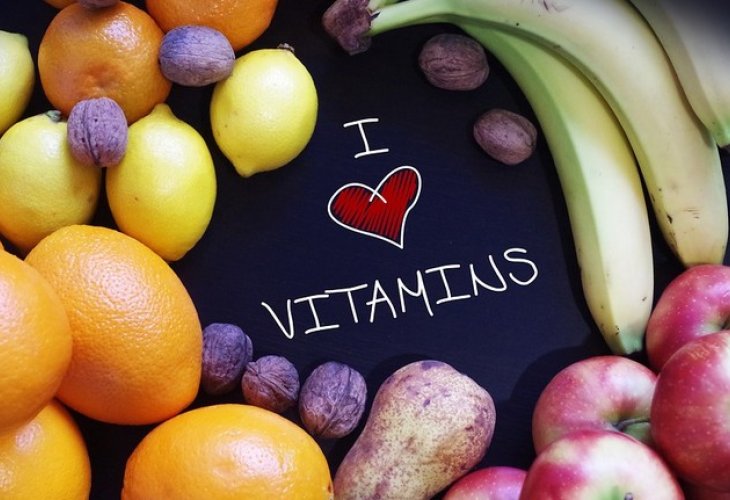Peels That Make Sense: 3 Fruits You Should Eat with Their Peel, Not Just on Tu BiShvat
We often peel the fruits we eat, but have we ever stopped to consider what the peel contains that the fruit itself might not? In honor of Tu BiShvat, discover three especially tasty and essential peels that you can eat along with the fruit.

We often peel the fruits we eat, but have we ever stopped to consider what the peel contains that the fruit itself might not? You may be surprised to hear that many peels, which we usually throw away, contain essential dietary components, such as insoluble fiber (scientifically known as polysaccharides), cellulose, pectin, tannins, and more.
These compounds enhance the nutritional value of food and help prevent problematic digestive issues, including constipation. In addition, they are also linked to healing colon cancer, lowering bad cholesterol levels, and more.
The peels of guavas and certain citrus fruits, for instance, are characterized by high levels of ascorbic acid and also serve as rich sources of vitamin A, B vitamins, minerals like calcium, selenium, manganese, and zinc, among others.
Due to these benefits, many vegan practitioners as well as Western doctors recommend consuming many fruits and vegetables with their peel.
Inspired by Tu BiShvat, here are 3 interesting fruits whose peels we tend to throw away, but this time we'll learn how to use them for our benefit:
Citrus Fruits
Oranges, clementines, pomelos, and even lemons – these are fruits where using the peel is beneficial, provided you are healthy and do not suffer from digestive issues. Due to their bitterness, citrus peels are not suitable for everyone, but studies conducted in Korea have proven that citrus peels contain more vitamins than the fruits themselves.
For example, although we are accustomed to thinking that an orange contains a high level of vitamin C, it's interesting to note that its peel contains twice as much (2 times) as well as vitamin B2, vitamin B6, calcium, potassium, and 20 times more antioxidants than in the fruit.
These studies also found that supervised use of citrus peels among diabetics might improve their body's ability to receive insulin (insulin resistance).
How to use them? Good question: before you rush to prepare candied citrus peels, which at best will be tasty and at worst will raise your blood sugar – know that this is not the intention. You can grate a little of the peel in its natural form over fruit salads or squeeze it along with the fruits when making fruit shakes.
Mango
Although the mango peel is slightly bitter, it bears an undeniable treasure - which was also anchored by research done in 2009: in this study, researchers succeeded in demonstrating that polyphenols, carotenoids, and ascorbic acid found in the peel contribute to health three times (!) more than eating the fruit itself.
And more.
A few years ago, it was discovered that mango peels contain a natural compound called resveratrol – a unique antioxidant linked with positive effects on diet as well as pregnancy. A study conducted in 2017 by American scientists found that resveratrol affected pregnant hamsters and led to a 30% reduction in their body weight, improved blood flow to the placenta, and reduced fat levels in the fetal liver.
Professor David Sinclair, a researcher from Harvard University in the United States, found that resveratrol affects a gene called sirtuin - the higher its level in the body, the more it increases protein levels and extends life, delaying age-related diseases such as Alzheimer's.
How to use mango peel? You can eat the fruit along with the peel, grate it over a fruit salad, or add it into a blender for a delicious shake.
Banana
If in the past banana peels were ridiculed and compared to garlic peels, researchers worldwide have now proved the opposite, showing that banana peels contain many substances we would want in our bodies, such as tryptophan - an amino acid that directly affects serotonin levels in our bodies.
As is known, serotonin levels are related to our mood. When they are low, they need to be artificially boosted by exercise or supplements that encourage the proper functioning of the thyroid and other organs.
Like in the orange we mentioned earlier, bananas contain very high levels of antioxidants – twice as much as in the banana itself.
How to use them? Banana peels are a bit more challenging to eat, but they can be consumed as an addition to shakes that are thoroughly blended.

